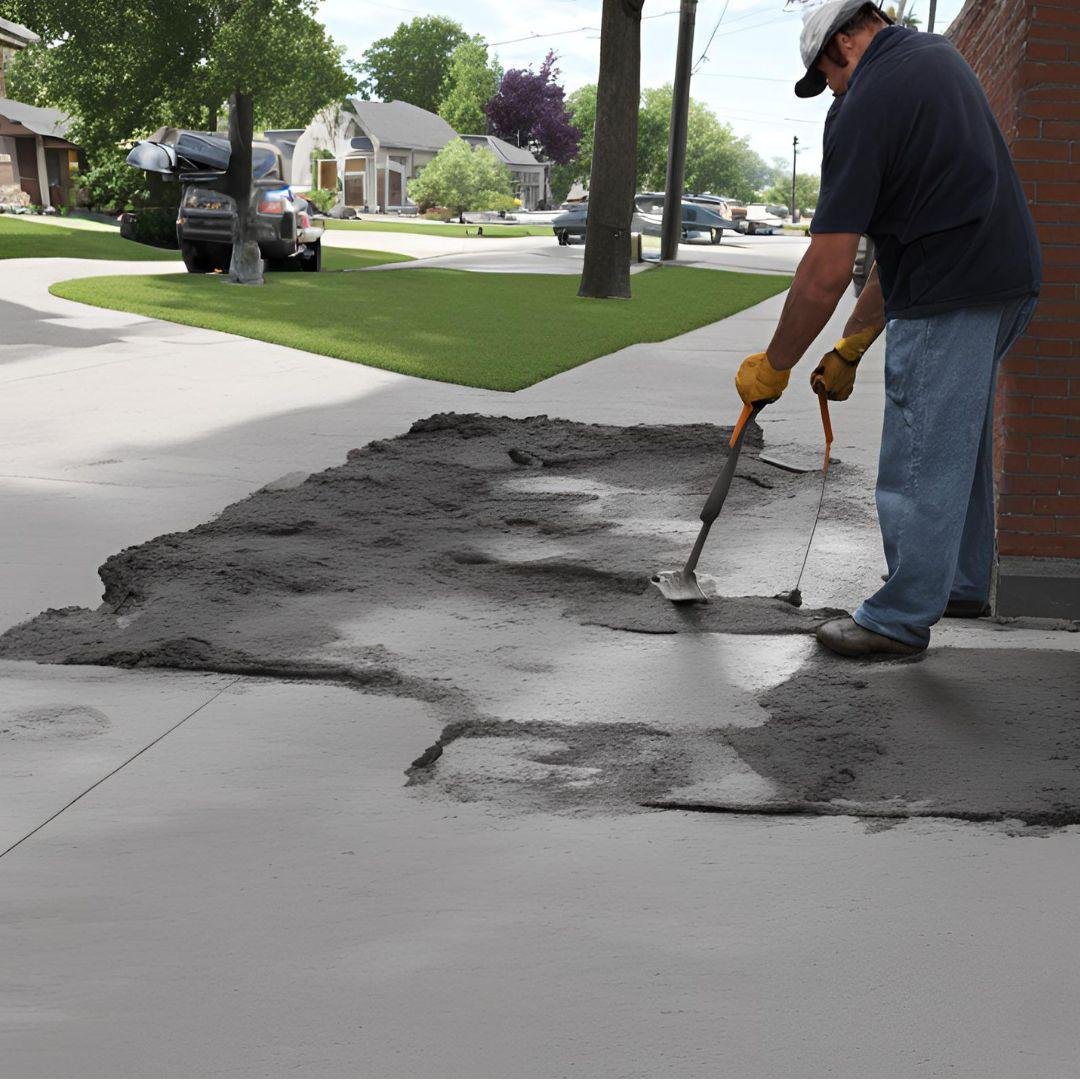Sidewalks are an integral part of urban infrastructure, providing essential pathways for pedestrians and enhancing the overall aesthetics of our cities. As cities grow and environmental concerns increase, the demand for more sustainable, durable, and innovative sidewalk materials has never been greater. Advances in technology and material science have led to the development of several groundbreaking materials and techniques in sidewalk construction. This article explores some of the most exciting innovations, including permeable pavers, recycled materials, and advanced concrete mixtures.
1. Permeable Pavers
Permeable pavers are a revolutionary development in sidewalk construction, offering numerous environmental and functional benefits. Unlike traditional paving materials, permeable pavers are designed to allow water to pass through the surface and be absorbed into the ground below. This not only helps manage stormwater runoff but also reduces the risk of flooding and decreases the burden on urban drainage systems.
Benefits:
- Stormwater Management: By allowing water to infiltrate the ground, permeable pavers help recharge groundwater supplies and reduce the risk of surface flooding. This is particularly important in areas prone to heavy rainfall.
- Heat Reduction: Permeable pavers can help mitigate the urban heat island effect, as they tend to remain cooler than traditional asphalt or concrete surfaces.
- Reduced Maintenance: These pavers are less prone to cracking and can handle freeze-thaw cycles better, which means lower long-term maintenance costs.
- For expert advice and top-notch sidewalk repair services, visit NYC Sidewalk Repair Contractors to see how we implement these innovations.
Types of Permeable Pavers:
- Concrete Pavers: Made with large voids filled with gravel or soil, these pavers are durable and ideal for high-traffic areas.
- Plastic Pavers: Often used for less trafficked areas, plastic pavers are lightweight and easy to install, but they offer less structural strength compared to concrete.
2. Recycled Materials
As environmental concerns continue to rise, the use of recycled materials in sidewalk construction has become a prominent trend. Incorporating recycled materials not only reduces the demand for new raw materials but also helps divert waste from landfills.
Common Recycled Materials:
- Recycled Concrete Aggregate (RCA): RCA is produced by crushing old concrete and reusing it as aggregate in new concrete mixtures. This not only conserves natural resources but also reduces construction waste.
- Recycled Glass: Crushed glass can be used as an aggregate in concrete or as a decorative element in pavers. It adds a unique aesthetic appeal and helps reduce glass waste.
- Recycled Plastic: Plastic waste can be transformed into durable pavers or tiles, offering a sustainable alternative to traditional materials. This approach helps address the growing problem of plastic pollution.
Advantages:
- Sustainability: Using recycled materials reduces the environmental impact of construction projects and supports the circular economy.
- Cost-Effectiveness: Recycled materials are often more affordable than new raw materials, leading to cost savings on construction projects.
- Unique Aesthetics: Recycled materials, such as glass or plastic, can offer distinctive visual qualities that enhance the design of sidewalks.
3. Advanced Concrete Mixtures
Concrete has long been a staple in sidewalk construction due to its durability and strength. However, advancements in concrete technology have introduced several innovative mixtures that offer enhanced performance and sustainability.
Types of Advanced Concrete Mixtures:
- High-Performance Concrete (HPC): HPC is engineered to provide superior durability and strength compared to traditional concrete. It is resistant to harsh environmental conditions, such as freeze-thaw cycles and chemical exposure, making it ideal for high-traffic and harsh environments.
- Self-Healing Concrete: This innovative concrete contains microorganisms or healing agents that activate when cracks develop. These agents help repair the concrete autonomously, extending its lifespan and reducing maintenance needs.
- Lightweight Concrete: Made with lightweight aggregates, this concrete reduces the overall weight of the sidewalk, making it easier to handle and transport. It also offers better insulation and reduces the load on underlying structures.
Benefits:
- Enhanced Durability: Advanced concrete mixtures can withstand extreme weather conditions, heavy loads, and chemical exposure, reducing the frequency of repairs and replacements.
- Longevity: Innovations such as self-healing concrete extend the lifespan of sidewalks, ensuring that they remain functional and aesthetically pleasing for longer periods.
- Environmental Impact: Some advanced concrete mixtures are designed to be more environmentally friendly, incorporating sustainable materials and reducing the carbon footprint of construction.
4. Innovative Installation Techniques
In addition to new materials, innovative installation techniques are also transforming sidewalk construction. Techniques such as modular construction and 3D printing are gaining traction in the industry.
Modular Construction: This technique involves prefabricating sidewalk sections off-site and then assembling them on-site. It offers faster construction times and minimizes disruptions to pedestrian traffic.
3D Printing: 3D printing technology allows for the creation of custom sidewalk components and intricate designs. This method reduces material waste and offers greater flexibility in design.
Conclusion
Innovations in sidewalk construction materials are reshaping the way we build and maintain our urban environments. Permeable pavers, recycled materials, and advanced concrete mixtures offer a range of benefits, from enhanced durability and sustainability to improved aesthetics and functionality. As cities continue to evolve and face new challenges, these innovations provide valuable solutions that contribute to more resilient, eco-friendly, and attractive urban spaces. By embracing these advancements, we can create sidewalks that not only meet the needs of today’s pedestrians but also pave the way for a more sustainable future.
HOME


